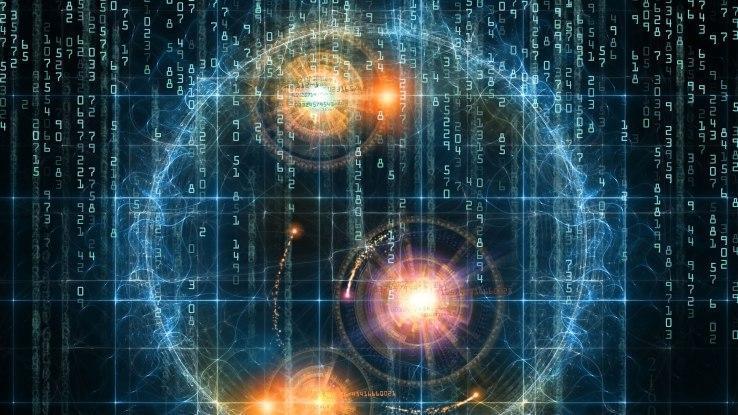Artificial Intelligence - Broken Down and Explained
Artificial Intelligence - Broken Down and Explained

Are you more clever than your fridge? I’d hope so. What about your phone?
And your computer? Well, in most respects. What about Facebook?
There are two types of artificial intelligence, but not all artificial intelligence is created equal. There is narrow AI, which is painstakingly designed to compute just one thing, but it does it very well.
And there is general AI that can adapt to solve different tasks by learning and changing. But who do general AIs learn from? The answer: you. Every day. And here’s how they do that.
Narrow AIs follow a set of rules, an algorithm, to answer a question. They can’t deviate from or adapt the algorithm, so if a situation isn’t in the rules… they don’t know how to answer. And they’ll never learn.
But if you build a network of algorithms that can listen to feedback, it can update its network to get the right answers. This is deep learning… and it’s learning from you.
When you tag a photo, when you Google something, or favorite a tweet, those actions provide the feedback to update the deep-learning networks across the internet that are calculating your friends, you interests, your beliefs.
Feedback is the key. You have to teach the network what is right and what is not.
Sound familiar?
In fact, these emerging general AIs are more human than you know. Those deep learning networks are designed on the architecture of the cells in the brain. Which is why they’re often called neural nets.
Artificial intelligence is borrowing biological solutions that worked for human intelligence and blending them with the brute power of modern computing and the huge teaching library of Big Data.
But they’re not at human level yet. Often things that seem clever are just a bundle of complex narrow AIs. And although some AIs can now learn from us, they still can’t teach themselves.
But they’re learning, fast.
by Ali Jennings For Inside Science
Be the first to post a message!